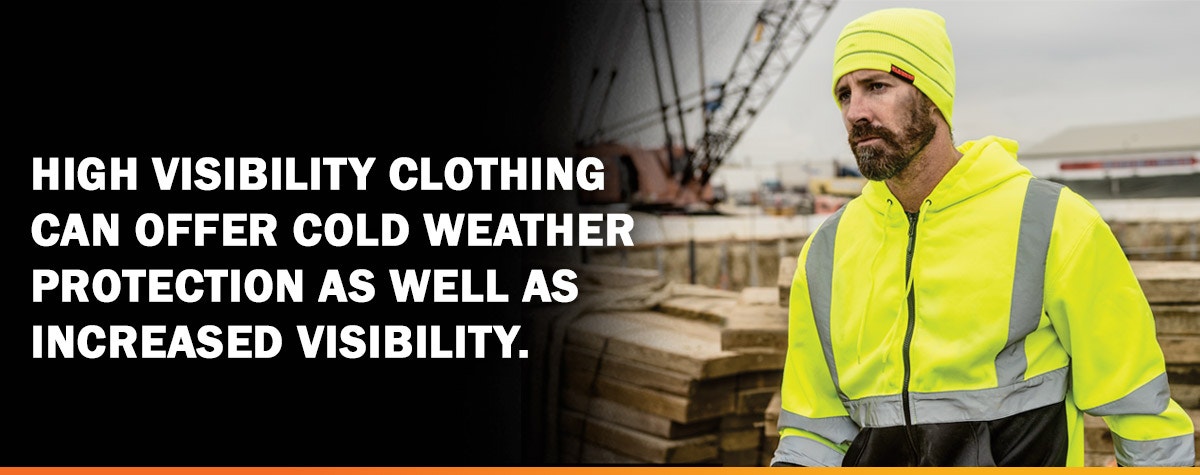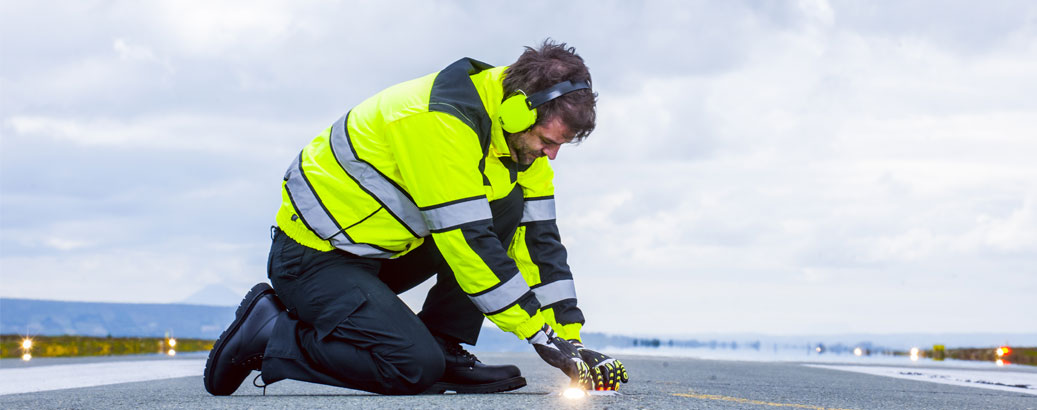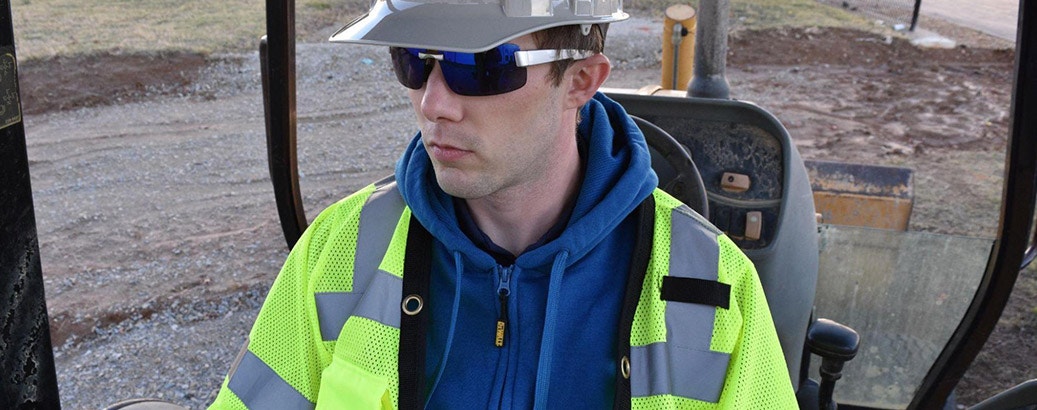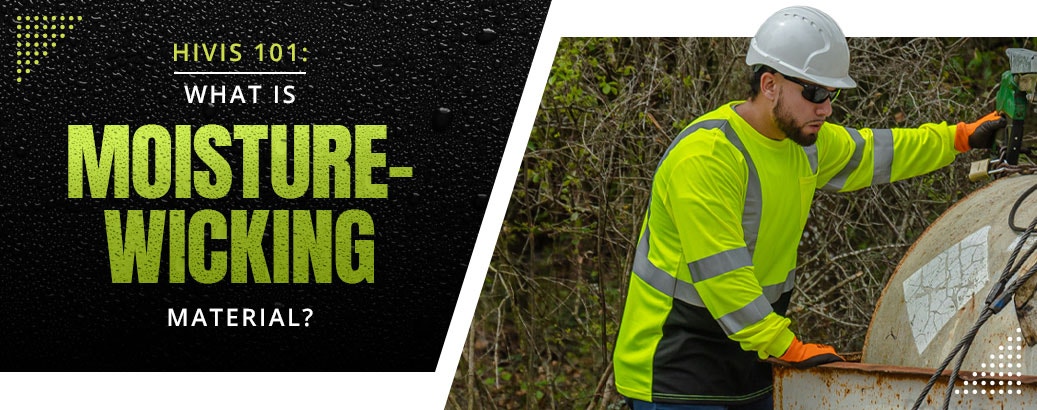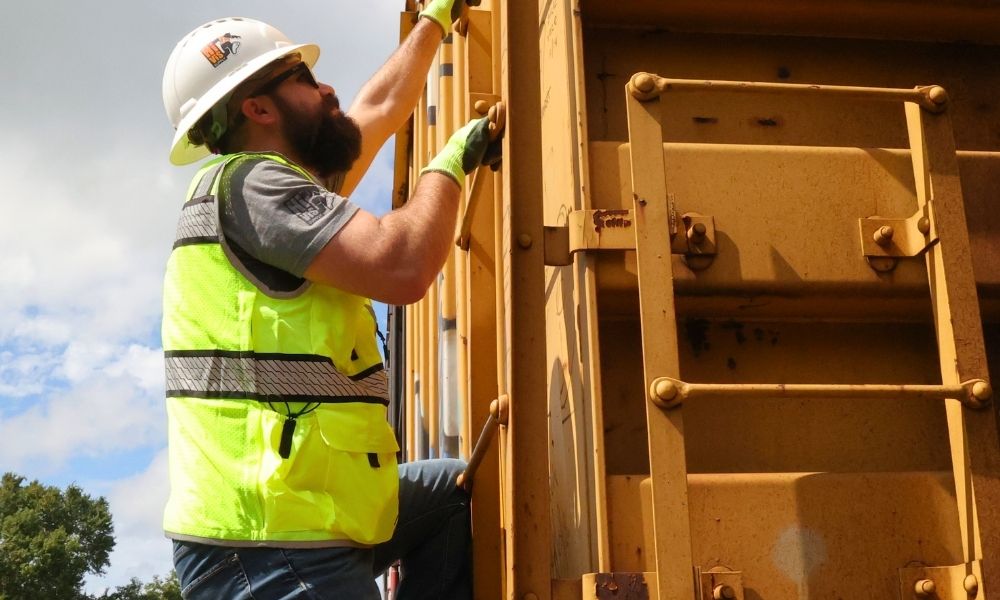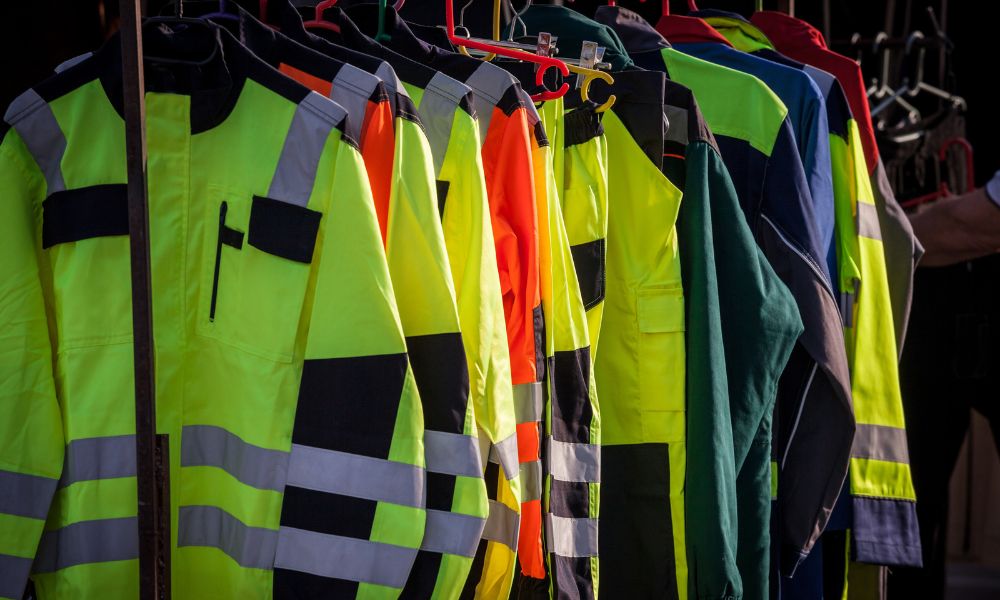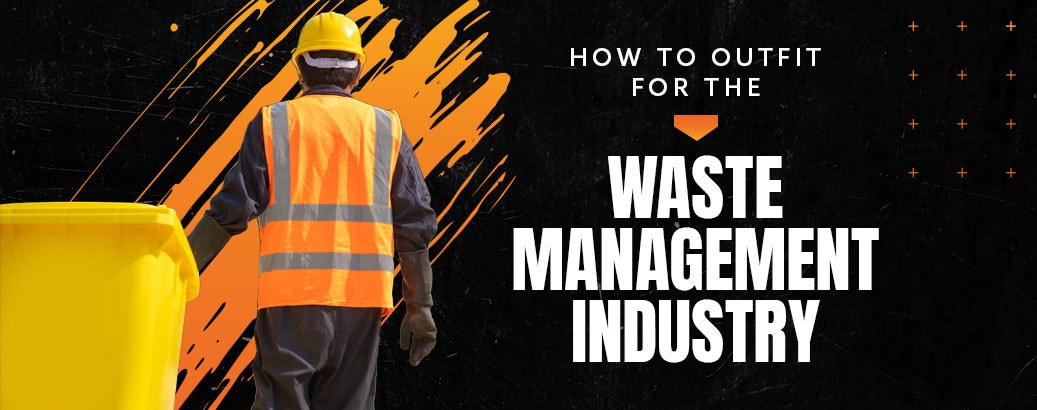HiVis Hank’s 8 Tips for Keeping Warm on the Jobsite
- By HiVis Supply
- Nov 19, 2019
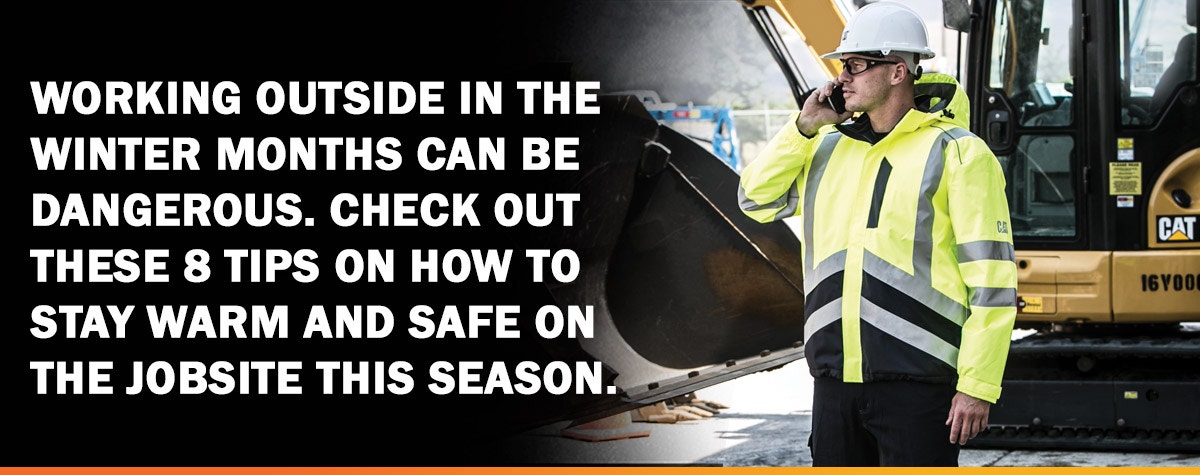
Not looking forward to working outside this winter? Already dreading the bitter chill of Mother Nature? Your buddy HiVis Hank has some real, honest-to-goodness tips that you can use on the job site this winter to stay warm and safe. Check out these 8 tips that anyone, even a bigfoot, can use to avoid cold-related illnesses and injuries due to cold, outdoor conditions: Not looking forward to working outside this winter? Already dreading the bitter chill of Mother Nature? Your buddy HiVis Hank has some real, honest-to-goodness tips that you can use on the job site this winter to stay warm and safe. Check out these 8 tips that anyone, even a bigfoot, can use to avoid cold-related illnesses and injuries due to cold, outdoor conditions:
1. Know the signs of cold stress.
It would be pretty crazy to head out to work every day in treacherous conditions without knowing what you’re up against, right? While it may not be the most exciting thing on your to-do list, knowing the signs and symptoms of dangerous cold-related illnesses may save your life or limbs from devastating injury.
Below you’ll find a quick run-down on cold stress symptoms. If you start to see yourself or any of your buddies showing these signs, act immediately. For more information on cold-related illnesses including symptoms and treatment, read the full blog here.
Frostbite:
- Skin appears white, grayish-yellow or waxy
- Skin feels firm or hard
- Blisters occur in the affected part of body (in severe cases)
Hypothermia:
- Shivering
- Drowsiness
- Exhaustion
- Confusion
- Shallow breathing
- Irregular heartbeat
- Slurred speech
- Loss of coordination
- Unconsciousness
- Death
Trench Foot:
- Redness of skin
- Swelling
- Numbness
- Blisters


2. Work during the warmest part of the day.
It may not always be possible, but it’s ideal to schedule work for the warmest part of the day, and that’s usually midday. Around noon the sun is at its highest point, but the 3 o’clock hour is usually when temperatures have reached their peak. Working during those times may not guarantee you’ll be warm and toasty, but it will minimize your cold exposure. Be mindful of changing weather patterns and wet weather coming your way.
3. Dress warmly and use the right gear.
HiVis Hank sees too many of his friends going to work without the right gear, especially during the cold winter months. Everyday street clothes simply don’t cut it when the weather outside reaches freezing temperatures. They get wet, heavy and restrict movement. Winter gear should not only provide warmth and protection from the cold, it should be moisture-wicking and water-resistant to keep you dry from rain, snow and even sweat.
4. Remember to cover your head, feet and hands.
The secret to staying warm is to not lose body heat and that can happen in several ways. Do you remember your mother or grandmother telling you to bundle up and wear your hat and mittens when it was cold outside? They weren’t just being overprotective. Much of our body heat escapes through the head, feet and hands and is amplified by wet, cold conditions that reduce blood flow in these extremities. Fortunately, there’s gear that can protect you and help you do your job.
- Choose gloves from water-resistant fabrics suited for the job and offer dexterity and breathability. Some types of hand protection allow you to use winter liners for increased warmth. Keep a pair of mittens on hand for those extremely cold days as they offer a higher warmth factor than gloves alone.
- Choose work boots that are water-resistant and insulated and also provide traction for icy and slippery surfaces. Some work boots have insulated and removable linings to help keep your feet warm and dry.
- Choose hats that not only protect your noggin, but also offer warmth. Look for tightly woven water-resistant materials that offer wind-proofing and insulation. You can choose hats in a variety of styles too. For just a little extra warmth, choose a beanie or a hat with earflaps. For full face protection, choose a balaclava that covers your head, ears and lower part of the face. If you wear a hard hat all day, you can always add a liner to offer a bit of cold weather protection around the head and neck.
5. Know how to layer protective cold weather gear.
- Start with a Base Layer to Stay Dry. The very first layer of clothing you put on should keep that sweat off your body. HiVis Hank suggests you choose a base layer that wicks away moisture and keeps you dry.
- Add Intermediate Layer to Insulate. Middle layers are meant to trap air close to your body and keep it warm. Long sleeve henley shirts can be worn under tee shirts or polos for chilly days. Throw a hooded hi vis sweatshirt over the top and you’re good to go. Together, you get the brightness and reflective qualities you need in low visibility conditions.
- Use Outer Layers for Weather Defense. When temperatures dip down to sub-zero, frostbite is a real danger. Mix cold conditions with moisture and wind and it quickly becomes deadly. Your outer layer should not only protect your insulating layers inside, but offer protection against wind, snow and rain. High visibility bomber jackets or hi vis parkas and insulated winter coveralls are a great options for outerwear.
6. Take shelter when possible.
Depending on the location, finding shelter may not be that simple. Many sites have trailers or buildings that are temperature controlled. Head there when you need to knock off some of the cold. But what if you are working on a remote site? While it may not be the ideal situation, you can find shelter from the cold with a pop-up tent. Some tents have sidewall panels that when unrolled can provide a break from the wind and rain and give you a chance to dry off.
7. Consider warm food and drinks.
Eat warm and filling dishes like pasta when you take your lunch break. If you have access to a microwave, an easy way to fuel your body is to pack some lunches from last night’s dinner. Drink sweet, warm beverages and try to avoid alcohol or caffeine like coffee, tea and hot chocolate. Although those may be the first thing you want to sip on in chilly weather, it can actually work against you and spur on dehydration. HiVis Hank says he likes to drop some electrolyte tablets in hot water and sip on that for an added boost.
8. Use skin cream and moisturizers as a barrier.
You may not think lotion is a cold weather solution, but skin creams, moisturizers and other barrier creams can actually protect your skin from the cold and wind. They act as insulating barriers, protecting exposed skin from chapping and chafing.
We have tons of ideas on how you can improve safety on your jobsite and these are only a few examples. Be sure to stay tuned for upcoming articles on winter safety as well as improving worker visibility on the job. Go ahead and check out our library of articles that HiVis Hank put together to help his blue collar buddies work safer.
Do you have other questions on protecting yourself and your crew this winter? Just click here to talk to one of our knowledgeable team members, maybe even HiVis Hank himself will jump on the call.



